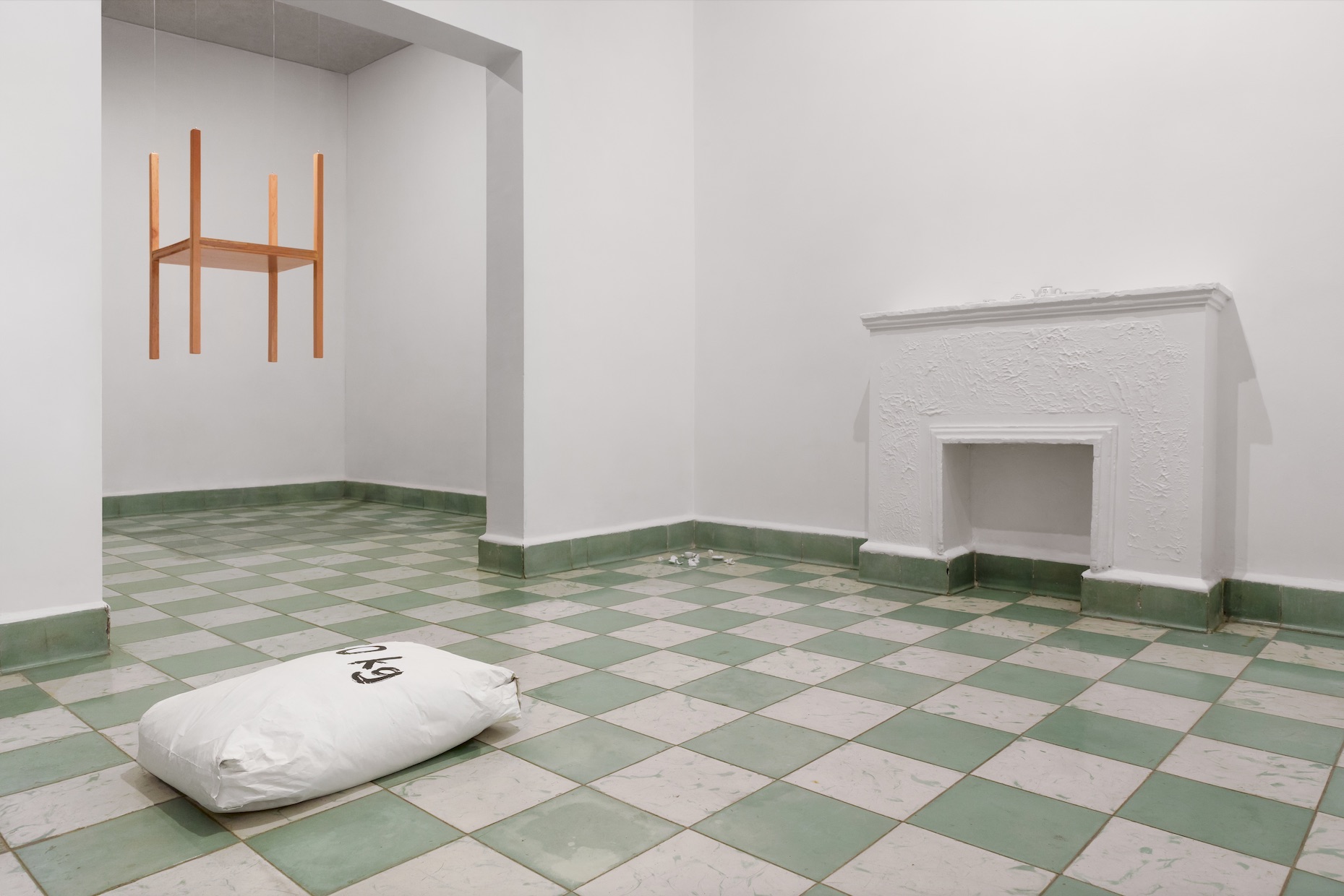
Amatoria
Estoy aquí, que soy tu madre
Exhibition
-> Jun 18 2021 – Jun 30 2021
El Expendio presents Amatoria's exhibition, Estoy aquí, que soy tu madre, curated by Virginie Kastel.
La perra parida
Una mañana no se enderezó el cuerpo
Cuatro brazos la rodeaban
Los hijos
Las ruinas
Ruina, palabra preferida.
Ruptura también comienza con r, pensó.
Roto también comienza con r, recordó.
Rascar, rasguño y llegó a herida.
El hijo haciendo repeticiones de números primos
La hija mamando el seno sangrante
El seno izquierdo seco y podrido
El derecho atascado de sudor, saliva, leche y sangre.
Un hombre le dijo que las paredes abdominales
nunca se volverán a unir
Un hombre le dijo que lo que separó su dios
nunca se volverá a unir.
Amatoria @atractivaporincompresible
MESA (table)
In the daily sketching of her artwork, in the quotidian and mutable creation of her work, there is a constant, permanent action of setting and clearing the table. The objects are placed on the surface, in order to be considered by the gaze, by touch and mind. For studying the relation between objects, and connection between objects and the one that examines them. In memory: a table with a picture frame. In dreams: a golden table and a small mountain of concrete on aluminium. In emotions: The cold food served on the table makes me cry. In drawing: an upside- down table over another table. Before us: a lump, blinds, crockery, a paperclip. Human relations are also weighted across the table. A channel to reach the other one: while we talk and the words pass, we make love on the table where we rest our elbows after eating. Distance: physical barrier that allows wrapping and getting wrapped. Make yourself an idea on how i would take your body when i take my phone. Place for love exchange. Third without which there wouldn't be two.
The work of Amatoria explores, though these dynamics, the critical character of the table-framing and the social nature of the table-body. From this point, she reserves other games for us. She turns the artist´s body into an object, disposed for the observer´s inspection, who leaves it to the entire and free subjectivity, as in front of a mirror. In photographs: the naked body of the artista rests, laying down on the table. It also suggests a love bond, the domesticity of the observer provoked by the artista though eroticism and intimacy. In the photographs: the artist, dressed in a body, serves the table for two.
Nohemí Zavala @nohemi_za
BULTO (lump)
At first she made a drawing of a lump and her weight in kilos. She said that the lump was her body. Now the lump is in the exhibition room. The lump is the metonymy of her body, made out of dough, concrete, origin of architecture, support o fan industrial city that produces, exports, exploits and lives in function of that raw material, that comes from the exploitation of the mountain. Is the symbol of our strengt, and also of our dependence.
The image of the body-lump, is the image of solitude and body, also the image of what it holds. The lump refers to corporal mass, the body of motherhood, the body locked up at the house. The house turned her into body. The house turned her into architecture. When I say house, i mean motherhood. Motherhood make that to women, depersonify them, converts them into support and dependence.
Is here emotional space within matter? In Art, matter is used to represent the person; and although this may sound absurd, this sculptural practice has supported the body in the occidental tradition of Art. Therefore, if she says that she is a concrete lump of 50 kilos, she elevates in the arrogance that -in first place- exonerated bodies and built them as representations of human beauty. Now beauty is also the presence of a body made equivalence and matter, of a body in its raw absence, that is also matter. The product of two negativities throws one positivity, this is what is observed in the pauses and silence of Amatoria´s artwork.
Virginie Kastel @virginie.kastel, curator of the exhibition